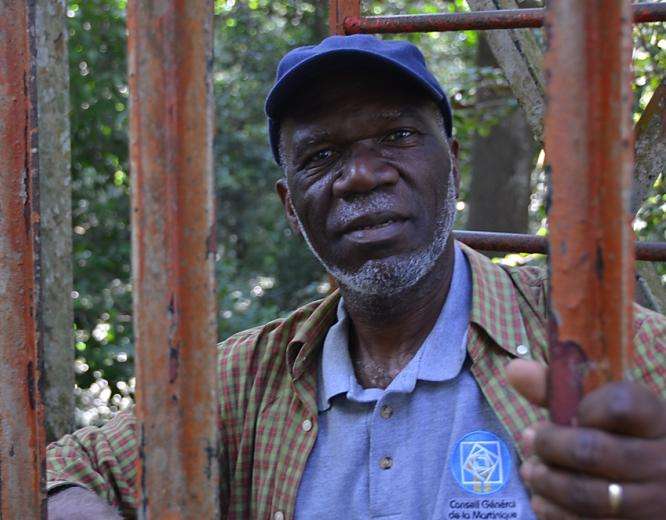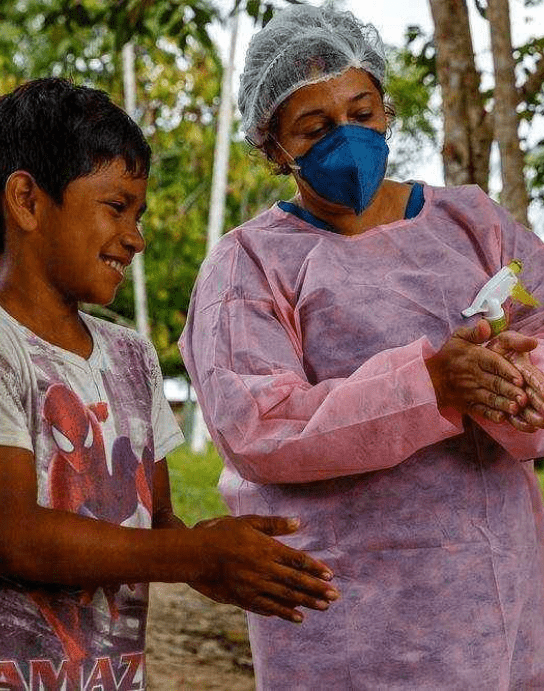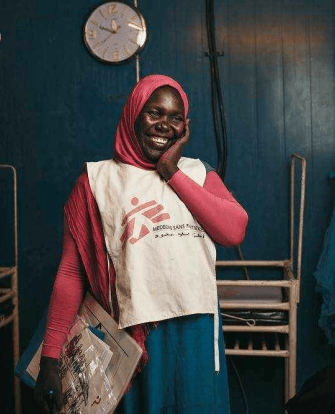Vaccinating millions
The largest yellow fever outbreak of the past 30 years began in Angola in December 2015 and spread to neighboring Democratic Republic of Congo. In response, we participated in a wide-scale vaccination campaign that collectively immunized over 8 million people in less than two weeks. We mobilized 100 teams of 16 people in parts of Kinshasa, the capital, to reach 760,000 people—10 percent of the target population in the city—and another 69 teams that vaccinated the 370,000 residents of Matadi, near the Angolan border. Such rapid, large-scale campaigns come with many logistical challenges, especially to ensure that vaccines are kept cold. Every day, teams needed to replenish 4,000 ice packs and coolers in different locations.
Eliminating mosquito breeding grounds
Spraying and fumigating typically targets homes, to kill adult mosquitoes, and trash heaps and stagnant water that provide breeding sites. These activities are carried out in settings where cases have been confirmed and in vulnerable locations such as hospitals, schools, and markets.
Providing supportive care to patients
During outbreaks, we treat patients directly and also support national and/or local health departments in providing care, through preparing selected hospitals to manage patients and training health staff.
Supporting vaccine advancements
Shortages in yellow fever vaccine supply became especially acute during the major 2015-2016 outbreak. Looking for ways to expand the number of people who could be vaccinated, the World Health Organization and partners conducted a study that showed that the vaccine is effective even when used at one-fifth the usual dose. Using this research, our nurses administered fractional doses of the yellow fever vaccine, significantly expanding the numbers of at-risk people protected through the vaccination campaign. We also support efforts to secure adequate supplies of vaccines by increasing production.






